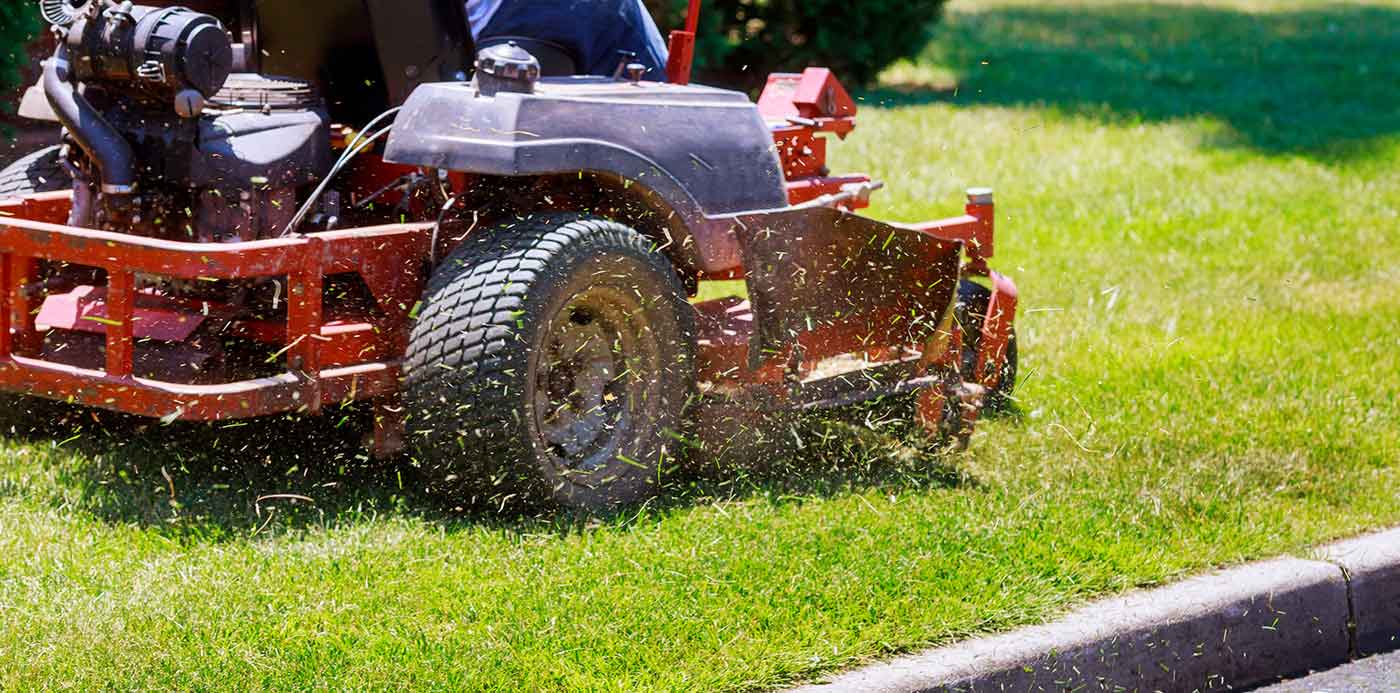
To Mulch or Not to Mulch? That is the question. There is much, apparently conflicting, advice on whether one should mulch a lawn or collect the lawn mower clippings and put them on your compost heap.
Mulching a lawn is when the clippings are left on the lawn rather than collected in the mower catcher. Many lawn mowers can be set to mulch or are mulching mowers. Leaving the clippings on the lawn returns nutrient to the lawn, removing the clippings takes nutrient away which must be replaced with fertiliser. Some people advise that leaving the clippings is beneficial in returning nutrients and giving the soil more organic matter. Others advise that the clippings form a 'thatch' of dead grass harbours diseases and smothers the grass.
Lawn grasses need nutrients and leaving the clippings on the lawn reduces the depletion of nutrients and the need for adding fertiliser. It also helps protect the soil from extremes of temperature and holds in moisture. However, leaving too many clippings on the lawn can cover lawn grass and create conditions for diseases to flourish. Thatch build up begins when organic debris builds up faster than it can be broken down.
The answer is to mulch only when you are trimming the lawn. Cutting a small amount of grass off the top will produce short clippings that will fall through the grass to the soil surface; being small they will be easily broken down and incorporated into the soil.
If the lawn is less than 7 cm in height, grass clippings can be left on the lawn after cutting. The clippings decompose quickly, returning nutrients to the soil within two weeks after mowing. The macro elements of the clippings comprise nitrogen, phosphorus and potassium at a ratio of approx. 5:2:3. Trace minerals are also present. The amount of nitrogen returned to the soil is thought to be as much as 88 kg/ha. Since nitrogen is the most expensive component of all lawn fertilisers, it pays to leave clippings when they won't smoother the lawn.
Don't mulch when the grass has grown longer than 7 cm as a lot needs cut off (never cut grass down by more than 1/3 of its height), instead collect the clippings and compost them. Such long clippings would not easily get to the soil surface and would sit on top of the grass, smothering it. They would also take longer to break down, so the thatch builds up and becomes a moist mat where disease fungi and their spores can survive. Mulching lawn mowers do cut up clippings to shorter lengths but if there is too much clipping or the grass is damp the mulch will clump and cover the lawn grass.
So, look at your lawn and examine the amount of thatch on the soil under the grass. If the soil is bare, set your mower to mulch and trim the lawn of 10-15 mm off the top. If the thatch is thicker than 5-10 mm then do not mulch and consider de-thatching by raking the thatch out using a grass rake.
Source:
Enviro Lawn Services donates $50.00 in your name when you sign up for our ELS Lawn Maintenance Program. We can also do an additional 5% of total sale for any special project. You can select one of our partner organizations:
As a true community landscape contractor, we are always giving back.
Contact us for more information.